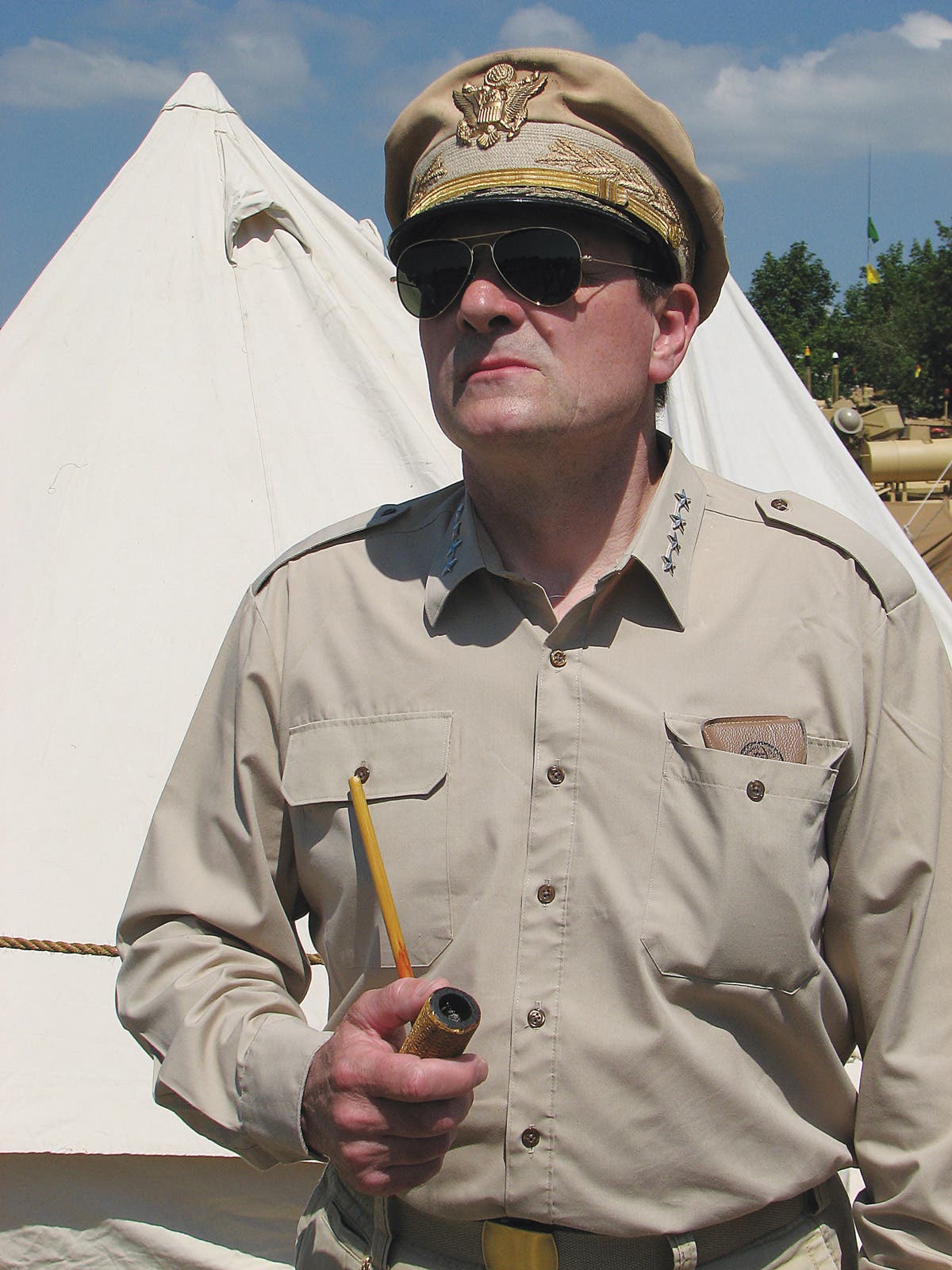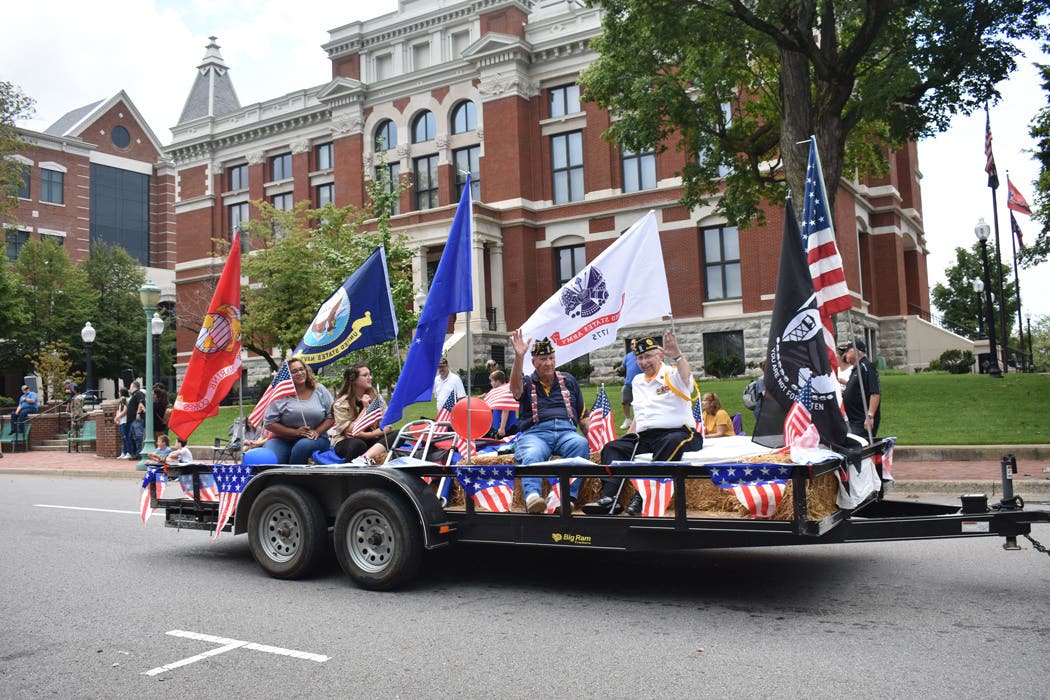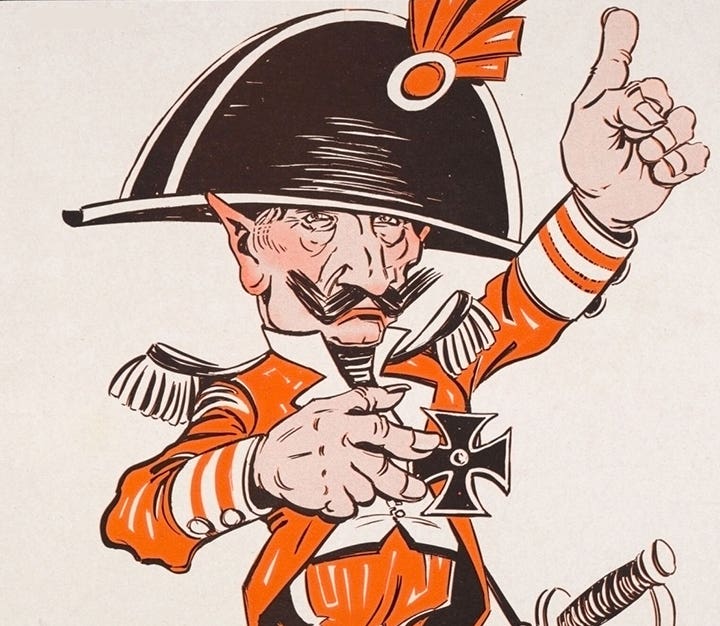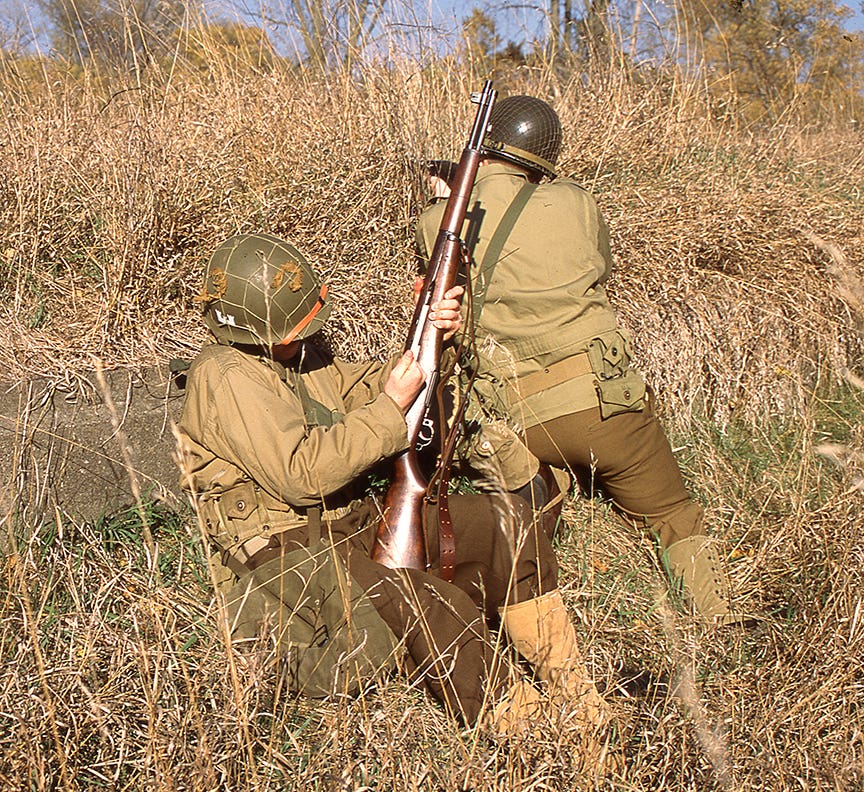Vietnam memorabilia speaks to new generation of collectors
The Vietnam War is generating new interest for militaria collectors.
June 3, 2009
by David Doyle
Spc 4 Harold Collins, 2nd Platoon, Company C, 25th
Infantry Division carries a PRC-25 with LS-166
external loudspeaker in the Tinh Nghia Province of
Vietnam. This July 1967 photo shows the amount of
gear many GIs carried during the war.
The Vietnam War is a unique part of the American experience. Previous generations of soldiers had gone to war with the almost unanimous support of the American people – not only morally, but in a sense, physically as well. The earlier wars had brought about shortages of goods at home, and oftentimes rationing was needed on certain commodities. Not so with Vietnam. There were no campaigns here to eat less meat so our soldiers abroad could have more, no scrap drives asking each American to do their part to defeat the distant enemy.
With the Vietnam War, the American people left the soldier to fight on his own – without the camaraderie with civilians that had been felt in World War I, World War II and Korea. Worse, politicians in Washington DIDN’T leave the soldiers to fight on their own. Too many politicians and bureaucrats inserted themselves in the fighting in a broad range of areas, from weapons selection to absurd rules of engagement.
Television thrust the war into Middle America’s living room night after night, adding fuel to the fires of the political forces who wanted U.S. troops withdrawn. Protesters in the streets derided U.S. servicemen as “baby killers” and “war mongers” – protests that, had they occurred only two decades earlier, would likely have been met by lynch mobs.
Service in America’s armed forces – the pride of the nation in 1945 – was by some media accounts something to be ashamed of during the Vietnam War. It is not surprising then that many returning veterans discarded their uniforms and gear, or stowed them away in footlockers in dusty attics or damp basements.
Over time though, America has begun to realize that the men and women who served in Vietnam were just as honorable, dedicated and patriotic as their fathers who’d fought in WWII. Perhaps because the troops in Vietnam fought under such hardship and derision, children and grandchildren are asking about the Vietnam experience.
Living-history events and reenactments, long centered on the Civil War or World War II, are now expanding and including Vietnam, as well. Equipment used or encountered by troops in Vietnam, is frequently found tucked into old duffel bags, or shown in snapshots, or mentioned in the telling of old war stories.
Collectible Vietnam-era equipment
Items known to have been used in Vietnam, with documented provenance, command premium prices—but that provenance is essential. Many a larcenous individual has merely picked up a piece of surplus equipment, drawn Vietnam-style markings on it, and declared it to have been from a veteran’s estate. Similarly, many Internet sellers offer gear claiming it to be Vietnam-era issue, yet the contract dates clearly prove otherwise.
The United States was involved in Vietnam longer than any other war. President Eisenhower sent the first U.S. military advisors to Vietnam on Feb. 12, 1955. Official U.S. military involvement in Vietnam ended on March 29, 1973, though the last U.S. troop casualty was April 29, 1975, during the evacuation of the U.S. embassy in Saigon.
However, for 1,992 unaccounted-for men and women, and their families, the war is not yet over.
Medical care
Medical care for U.S. personnel was of critical importance virtually from the outset of America’s involvement in Vietnam. In December 1961 a field hospital with a 100-bed capacity, four attached medical detachments and one helicopter ambulance detachment were authorized for deployment in Vietnam. This field hospital became operational in April of 1961. At that time this branch of the Army was known as the Army Medical Service, but on June 4, 1968, the name reverted to Army Medical Department, as it had been known prior to the Army Organization Act of 1950.
Chaplain Corps
Men dealing with the horrors of combat, the stress of separation from their loved ones, and a host of other tribulations turn to the men of the Chaplain Corps for solace. Troops in Vietnam were no exception, and on Feb. 26, 1962, Chaplain John A. Lindvall arrived in Vietnam, becoming the first of over 300 Army chaplains to arrive in country. Two of these men were awarded the Medal of Honor, and 13 chaplains and 8 chaplain assistants died in Vietnam.
As the chaplains were required to be ordained ministers of their faith, many brought with them the “gear” they needed. Still others fashioned altarware in country, although the Army ultimately issued lightweight chaplain’s kits for Jewish, Protestant and Catholic faiths. Relatively few of these kits appear on the surplus markets.
Personal gear
The Army sought to provide everything that the soldier needed in the field, and in most cases frowned on GIs supplementing issue items with the own gear. Naturally, however, GIs added their own favorite items to what they carried – some of these additions being private-purchase items, others being issue items – just not issued to everyone.
VIETNAM WAR HEADGEAR
For the most part, the gear would not be uniformly distributed among soldiers in a unit. One may have had foot powder, another may have had sunscreen, still another may have carried a private-purchase fighting knife, while others may have traded a Huey pilot for a pilot’s penlight. Personal gear items add a bit of individuality to the soldier’s equipment.
(Top Left) Green Beret. Made famous by the Army Special Forces, the Rifle Green Army shade 297 wool beret is arguably the most famous piece of headgear to come out of the war. It is also the only beret officially approved for wear by men in the Army during the Vietnam War. $250-$350. (Top Right) Combat Vehicle Crewman Helmet. This bullet-resistant helmet is made of ballistic nylon. The wide-open frontal area allowed the wearer to use vision and sighting systems installed in armored vehicles without having to remove the helmet. The helmet included microphone and headset. The integral cable plugged directly into the vehicle’s communication system. $30-$60. (Above) Camouflaged Tropical Hat. A limited number of the boonie hats were produced with the ERDL camouflage pattern. These hats were not widely used in Vietnam, in part because they were not produced in this pattern until immediately before Abram’s virtual ban on this style of cover. $40-$60.
Headgear
The primary purpose of military headgear is to protect the soldier’s head from sun, rain, and of course, from wounds. A secondary function is to provide distinctive identification to friend and foe. Despite regulations, troops in the field have long tended to personalize their headgear by shaping their caps, and making other subtle changes. In Vietnam, such trends reached record highs.
Straps on helmets and hats were often festooned with cigarettes, repellents and other lightweight items that needed to be kept dry and easily accessible. Helmet covers and “boonie” hats became canvases for trench art—with decorations drawn or sewn on—often to the dismay of officers.
Such customized items warrant a premium—sometimes substantial—over pristine, as-issued items. However, fraudulent items are frequently encountered. Was a helmet cover decorated with a ballpoint pen in the Central Highlands four decades ago, or was it decorated in a basement in Cleveland four days ago? Provenance is critical in establishing that a premium is warranted.
[Editor's Note: This article was originally published by our sister publication Antique Trader at www.antiquetrader.com]
CLICK HERE to share your thoughts in the Militaria Message Boards.
David Doyle's earliest published works were occasional articles in enthusiast publications aimed at the historic military vehicle restoration hobby. This was a natural outlet for a guy whose collection includes several Vietnam-era vehicles such as M62, M123A1C, M35A2, M36A2C, M292A2, M756, and an M764.
By 1999, his writing efforts grew to include regular features in leading periodicals devoted to the hobby both domestically and internationally, appearing regularly in US, English and Polish publications.
In 2003, David received his a commission to write his first book, The Standard Catalog of U.S. Military Vehicles. Since then, several outlets have published more than 100 of his works. While most of these concern historic military hardware, including aircraft and warships, his volumes on military vehicles, meticulously researched by David and his wife Denise, remain the genre for which he is most recognized. This recognition earned life-time achievement in June 2015, when he was presented Military Vehicle Preservation Association (MVPA) bestowed on him the coveted Bart Vanderveen Award in recognition of “...the individual who has contributed the most to the historic preservation of military vehicles worldwide.”
In addition to all of publishing efforts, David is the editor of the MVPA’s magazine, History in Motion, as well as serving as the organization’s Publications Director. He also maintains a retail outlet for his books online and at shows around the U.S.







